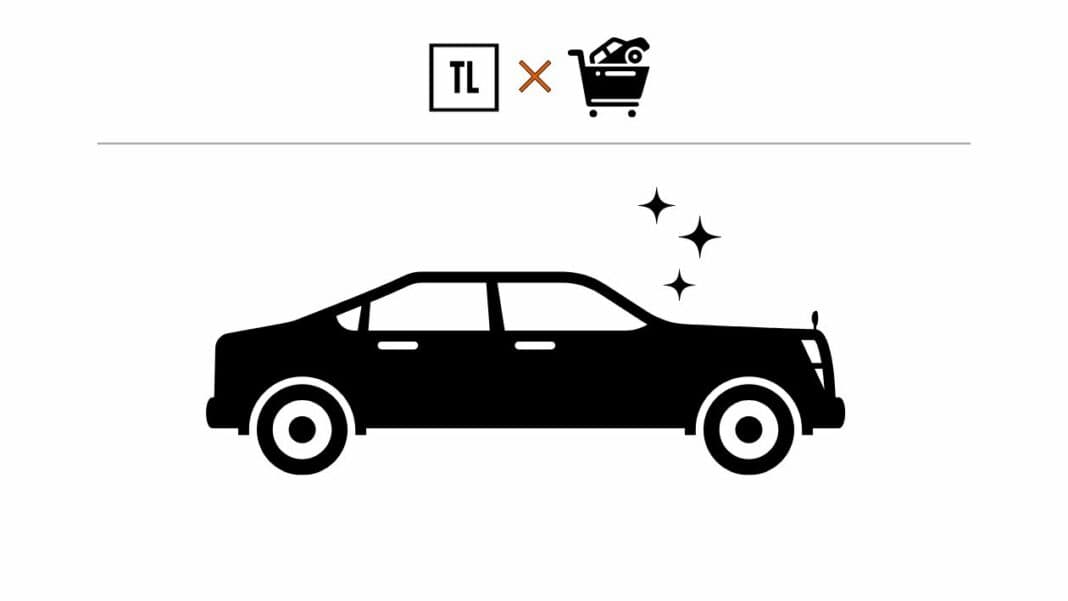For the last few years, a good friend of mine had been contemplating buying a sports car; something quick, fun, and reasonably efficient that he could use for year-round commuting to his job downtown.
At one point, he had narrowed his choices to two very different cars—a VW GTI or Mustang GT—but couldn’t commit. Then, he had a revelation: for a price not much higher than either of those cars bought brand new, he could buy a three-year-old Porsche Cayman. This is a guy who had literally hemmed-and-hawed between the GTI and ‘Stang for three years, then went out and bought himself that Cayman not two weeks after he realized a used one would fit his budget.
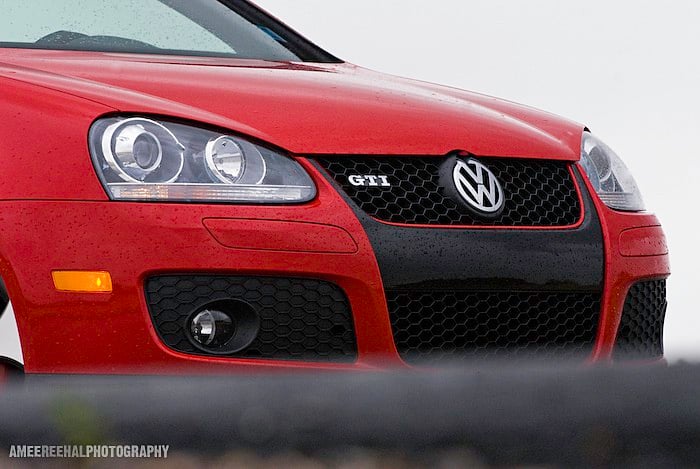
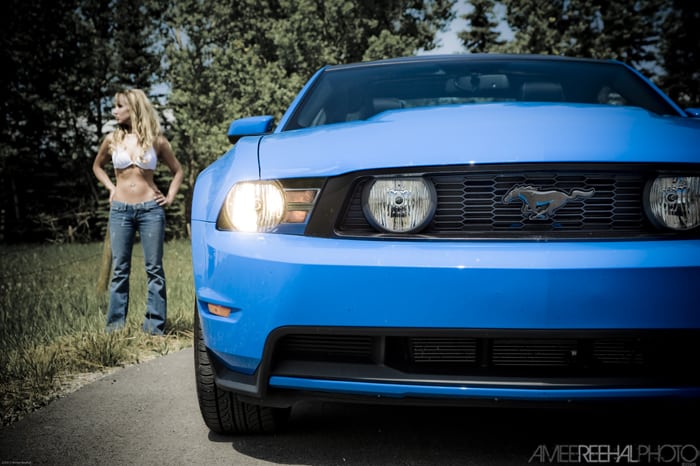
He’s not the first to figure out how to make owning a used luxury car a reality, and he won’t be the last. Here’s a brief look at the ups and downs of following his lead.
Luxury vehicle depreciation works to your benefit
Luxury cars tend to scare off many used buyers, mainly because they can be expensive to maintain once the warranty has expired, but there are ways to get behind the wheel without breaking the bank.

The first ace up your sleeve is depreciation, the rate at which a vehicle loses value after it goes home with its first owner. The difference between the new car selling price and what it’s worth after a given period of time is a vehicle’s resale value. The rate of depreciation varies from model to model based on a number of factors, including the brand’s reputation for durability, the vehicle’s desirability, and the incentives that were/are available on the same car brand new.
If desirability alone dictated resale value, then most luxury cars and trucks would depreciate very little, but there are factors that affect premium vehicles that are less common in the rest of the marketplace.
Steady supply as upscale vehicles are leased and returned
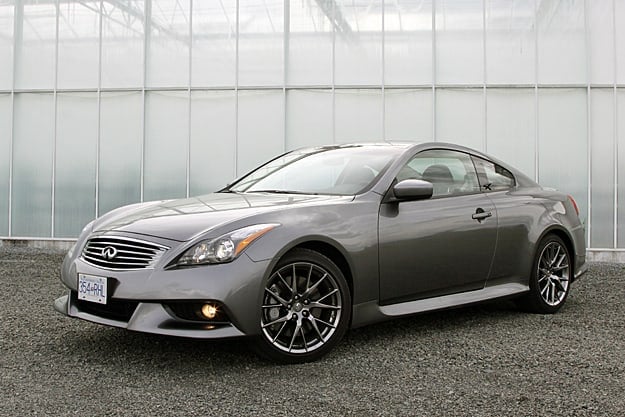
For one, many upscale vehicles are leased, meaning there’s a steady flow of used models as vehicles are turned in at the end of those leases. That makes for a healthy pool of popular vehicles like the BMW 3 Series, Mercedes-Benz C-Class, and Infiniti G35/G37/Q50. Demand for these cars is relatively high, but so is supply, which helps dampen resale values somewhat. Higher-end luxury cars, like the BMW 7 Series, Lexus LS, and Benz S-Class, lose value more rapidly, largely because few used buyers are willing to risk the big repair bills that come once these big, complicated cars are out of warranty.
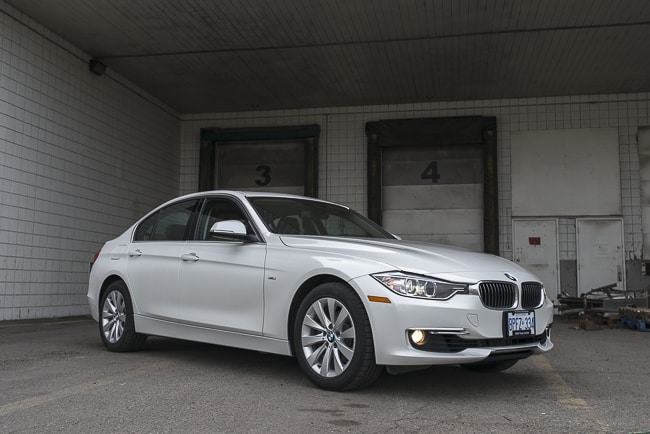
Value and volume
The Black Book in the United States ( or the Canadian Black Book) is the publication car dealers use to set asking prices on used cars. Once only available to dealers, it was opened up to the general public as a shopping tool, and it’s one of the most useful ones you’ll find for sussing out a fair price for just about any used car or truck available across North America.
A 2011 S550 sold new for $123,500 and three years later was worth a relatively affordable $53,000.
At the time this was written in the fall of 2014, a 2011 BMW 328i with automatic transmission and leather seats is valued by Canadian Black Book (a resource used by used car dealers to set asking prices) at just over $20,600, about half of its new MSRP of $41,500. By contrast, a 2011 Honda Accord EX-L V6 started out as a $33,000 car, but was actually worth more than that BMW after three years, at $21,350. The Honda retained 65 percent of its value, while the BMW was worth half its MSRP.
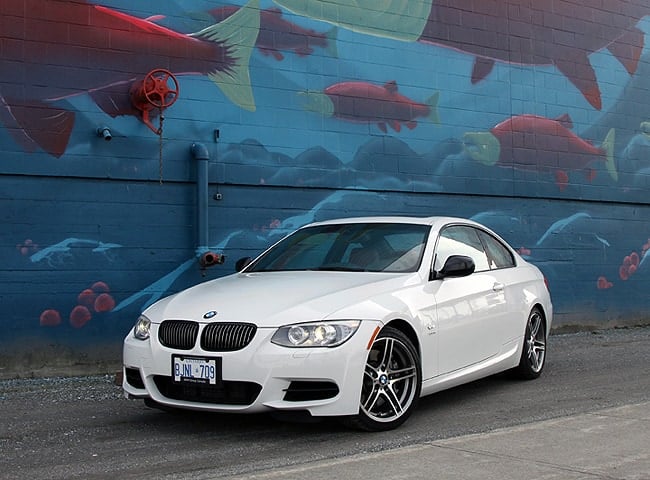
In 2011, Toyota sold its RAV4 crossover for $32,385 in top-end Limited V6 trim, and after three years, it was worth $24,450 (with optional leather seats). At a Mercedes-Benz dealer, a similarly-sized 2011 GLK 350 carried an MSRP of $43,500 but would be worth $29,825 (also with optional leather) after three years. The Benz was worth more but retained 69 percent of its value, to 75 percent for the Toyota.

And while there aren’t any mainstream vehicles to compare it to, the Mercedes-Benz S-Class is an excellent example of how much depreciation affects cars at the very high end of the market. A 2011 S550 sold new for $123,500 and three years later was worth a relatively affordable $53,000.

Take advantage of reliability issues with high-end vehicles and Certified Pre-Owned (CPO) programs
As with any car, reliability is also a factor in whether a used luxury vehicle is a worthwhile choice. The unfortunate truth is that many upscale cars aren’t as dependable as more affordable vehicles. Some of that has to do with the complicated nature of some features common in upscale cars.
Most manufacturers, luxury and otherwise, offer CPO programs now, but they’re most useful for luxury buyers, particularly for the extra warranty coverage.
My friend bought his Cayman through Porsche’s certified pre-owned (CPO) program, through which used cars are subject to a mechanical inspection, and those deemed eligible are sold with manufacturer-backed extended warranty coverage. In Porsche’s case, this adds two years and 80,000 km to what’s left of the factory warranty; cars whose factory coverage has expired get a two-year warranty valid for up to 160,000 total kilometers.
Most manufacturers, luxury and otherwise, offer CPO programs now, but they’re most useful for luxury buyers, particularly for the extra warranty coverage. Many upscale cars are considerably more complicated than those sold by non-luxury brands, and the high-tech components and systems built into them are expensive to repair and maintain. Plus, parts and labour are usually more expensive, and repair procedures specialized.
CPO programs are partly a marketing gimmick for automakers, and they do typically mean higher prices on used cars sold under a “certified” pre-owned banner. Still, they can be an excellent value for used car buyers. In the upscale vehicle arena, the extra warranty coverage alone can be worth the extra cost, as it takes the edge off the anxiety of maintaining an aging luxury car.
If you’re researching a pre-owned premium vehicle now, take a look at our past reviews and news here:

